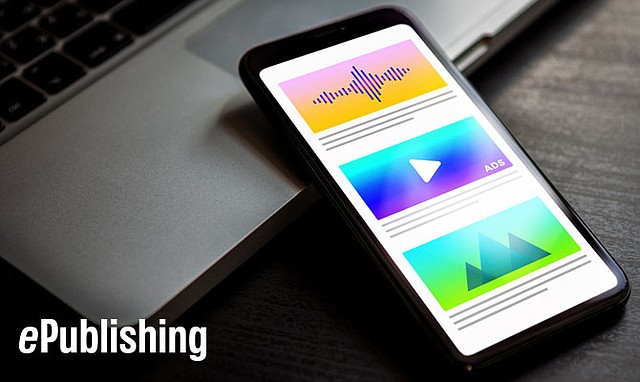Paying for Likes? How Social Media is Influencing Editorial Compensation and Ad Models
Wednesday, October 29, 2014
Digital-first publishing is no longer an abstract idea, it’s likely your reality, but that doesn’t mean you’ve established a compensation strategy or incentives for editors and advertisers. Of course, we all know that the digital-first approach to media business is evolving in response to new innovations and changing reader behaviors. The elephant in the room - Social Media - plays a significant role in how the model is evolving and many publishers are testing new performance measures to ensure content is delivered when and where readers expect it.

It wasn’t all that long ago that we talked about how incentives and compensation for editors are changing to accommodate this newer model of publishing. At that point, we focused on four incentives that really matter:
- Length of engagement
- Unique visitors and size of audience
- Return readership
- Amount of content produced
But, increasingly, publications like Complex are filling in a critical measure for editors' performance, namely social engagement. As a publisher, tying editorial compensation to sales typically means a tectonic cultural shift and a willingness to take reader behavioral data seriously.
And, it's no longer just a concept: you don't have to look too far for examples of your colleagues testing it out. Gawker keeps track of each editor's pageviews, Forbes pays for new Twitter followers, event BtoB stalwart, UBM, pays for tweets and comments in ongoing discussions.
Where does advertising play into this?
If publishers are increasingly using social media to deliver news, and readers are therefore spending more time on social media and less on our websites, then what happens to our ad models? These types of questions have prompted some publishers like The Economist and Financial Times to experiment with different ad models that focus more on engagement and less on clicks or impressions. Namely, selling ads based on the amount of time the audience is exposed to them.
The idea is that ad revenue is then based on higher valued content, because the length of time a reader spends with something is a stronger indication of their depth of engagement with it. Theoretically, it’s a win-win: readers get more of what they want and advertisers capture more of their attention.
It’s a worthwhile concept to consider. In the coming months, keep your eyes on the early adopters: publishers like Conde Nast, Hearst, The New York Times, Vox and others--to see if it’s working.
